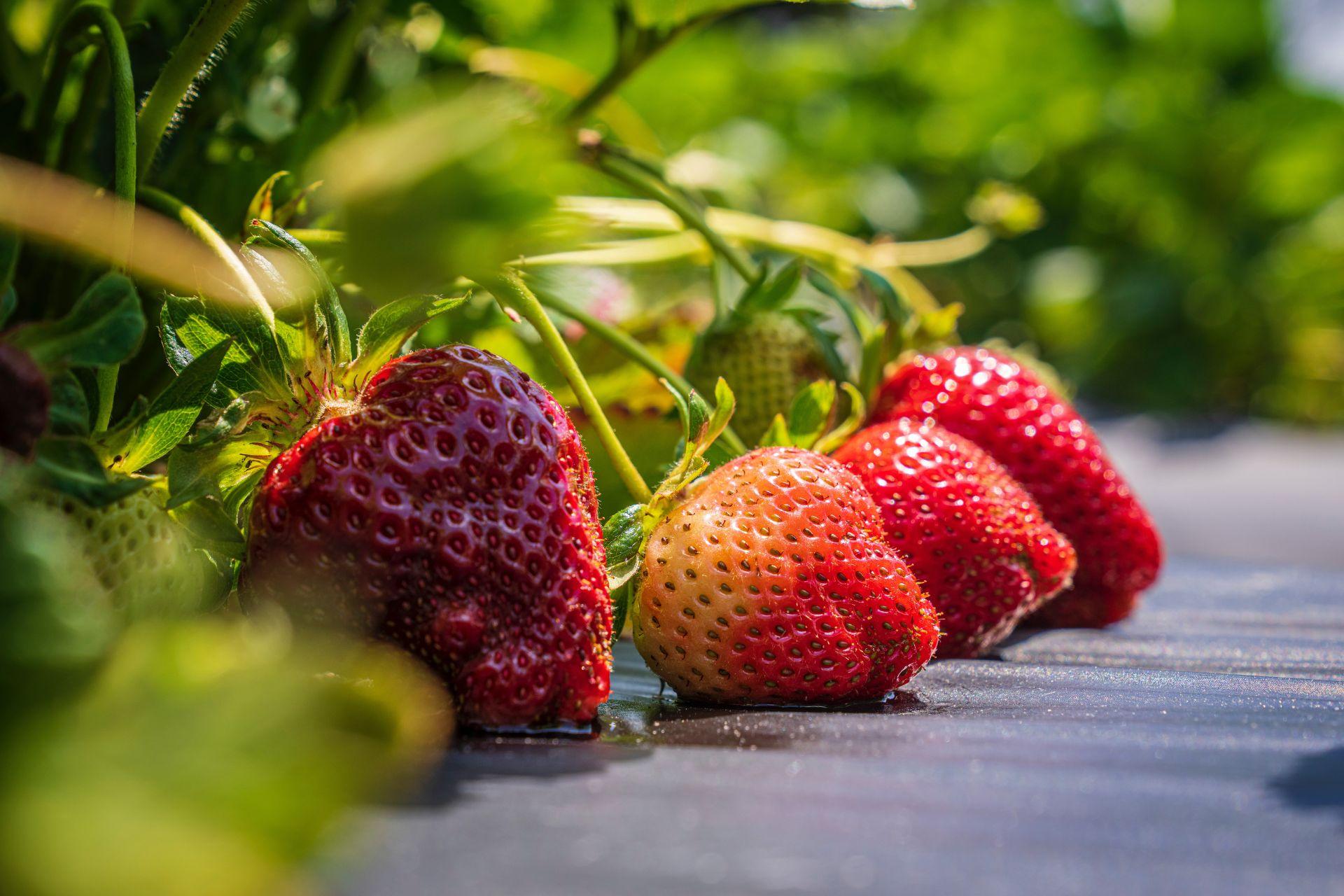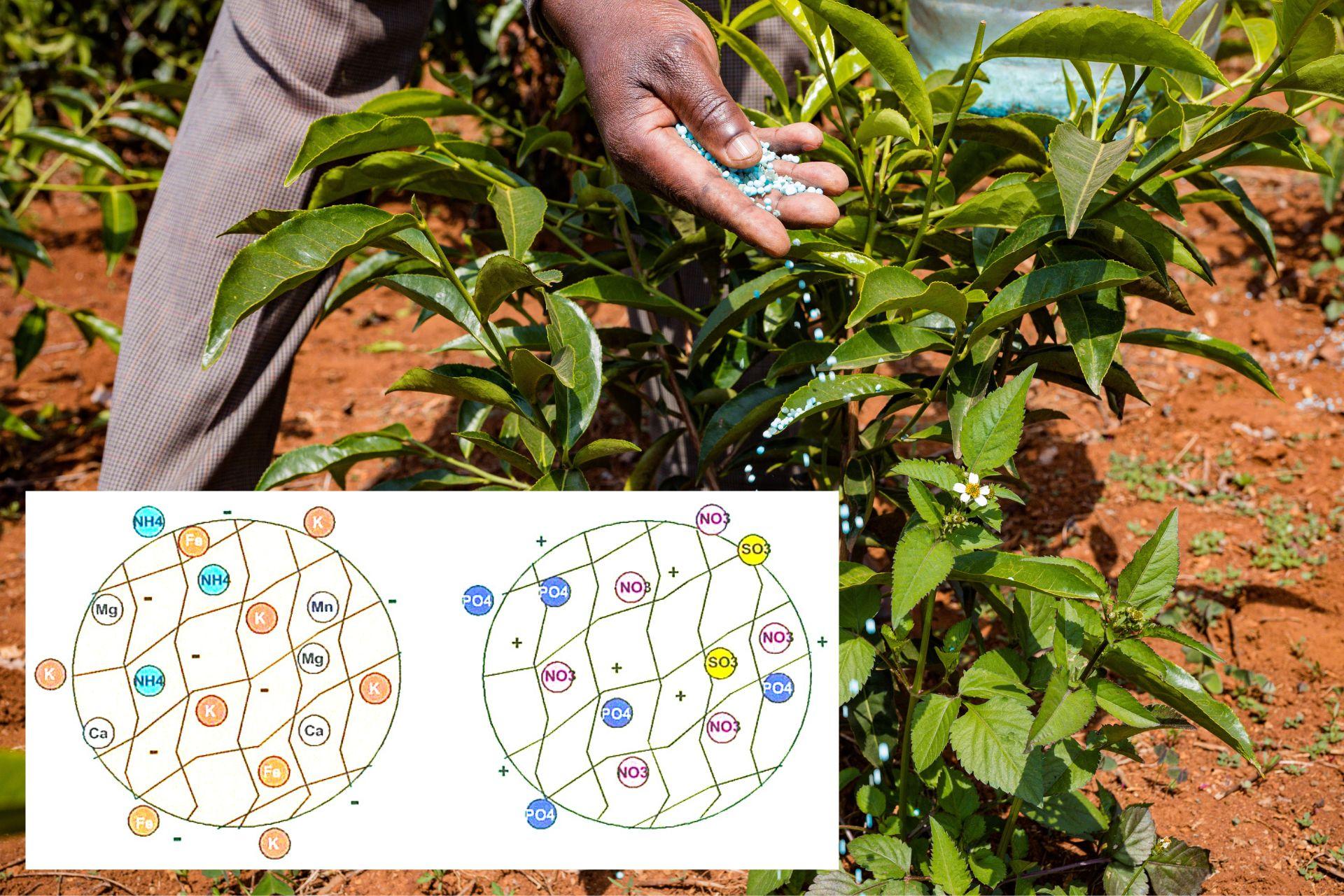
Microplastics in agriculture: de-polluting to solve the problem
There are many news reports on the global problem of microplastics in agriculture, but with this article we want to differentiate ourselves by explaining the solution to this type of contamination.
Let's start with the fact that, every year, over 400 million tonnes of plastic are produced worldwide. In agriculture, it is impossible to completely renounce the use of plastic because it is cheap and very practical to use; just think of irrigation pipes, mulching cloth and plastic sheeting for covering greenhouses.
Therefore, the way to the solution to terrestrial microplastic pollution is not to stop using plastic products (as is proposed) but to constantly depollute the soil of plastic particles. This implies the continuous and usual use of plastics, without environmental, health and economic damage. Before delving into this important aspect, let us focus on:
- what the specific causes of the presence of microplastics in agriculture are;
- the effects of their toxicity, the resulting agricultural problems and the food safety of consumers, which is increasingly at risk;

Microplastics in agriculture: not only harmful fumes, but also absorption through the root system
The multiple causes of microplastic contamination
Why are micro-fragments of plastic present in agricultural soils? How does this phenomenon constantly occur? Most importantly, are we really aware of what we are doing?
We find the answer to this in numerous scientific studies, which show that mulch, greenhouse coverings or irrigation pipes degrade year by year, releasing so-called nano-plastics (sizes ranging from 0.1 nm to 100 nm, where nanometre stands for 1 billionth of a metre). A further source of microplastic pollution is chemical fertilisers. In fact, huge quantities of plastic microgranules are used every day by the agrochemical industry to encapsulate slow-release (controlled release) fertilisers.
An ECHA (European Chemicals Agency) study also reports that "microplastics added to chemical fertilisers, pesticides and seed coatings account for almost half of the approximately 51,500 tonnes of microplastics used each year in the European Economic Area".
Sewage sludge (now used as a soil conditioner) is also a cause of microplastic contamination because sewage sludge treatment does not filter and remove these microplastics. Therefore, once sewage sludge is spilled directly onto agricultural soils, the non-biodegradable elements within it enter groundwater and surface waters (rivers, lakes, seas, oceans).

Toxicity, agricultural issues and food safety
Since only 9% of plastic is recycled and the remainder takes up to 1000 years to degrade, we can see the toxic effect on all living organisms.
Let us first analyse the soil resource by explaining why microplastics are a problem from an agronomic point of view.
The presence of microplastics has been scientifically proven. They:
- progressively reduce the reproduction rate of soil biota;
- changes the physical structure of the earth;
- limits the soil's ability to retain water;
- worsens root development and nutrient uptake;
- acts as a vector transmitting diseases in the environment;
- negatively affects biodiversity.
All this results in toxicity, environmental emergencies and compromised food safety. During decomposition, microplastics release additives such as phthalates and bisphenol that cause endocrine disorders, reproductive difficulties, neurodevelopmental problems and compromised immune systems.
Could we apply tap filters specifically designed to reduce the presence of microplastics in water? Could we avoid mulching in the fields? The problem would not be reduced or even solved.
Therefore, the solution is to act upstream of the problem by de-polluting the environmental matrices (land-air-water).
De-polluting to solve the problem of microplastics in agriculture
In the first part of the article, we mentioned the possibility of solving the problem of microplastics in agriculture while continuing to use plastics (e.g. mulches and encapsulated products). This sounds like a contradictory concept, but it is not.
Indeed, by using BIOAKSXTER® depolluting fertiliser, it is possible to eliminate microplastic residue pollution and reclaim the environment.
The aim of the BIOAKSXTER® project is to pave the way for innovative agriculture and truly environmentally sustainable development. It is inconceivable to create innovation in agriculture while remaining tied to deleterious concepts and methods.